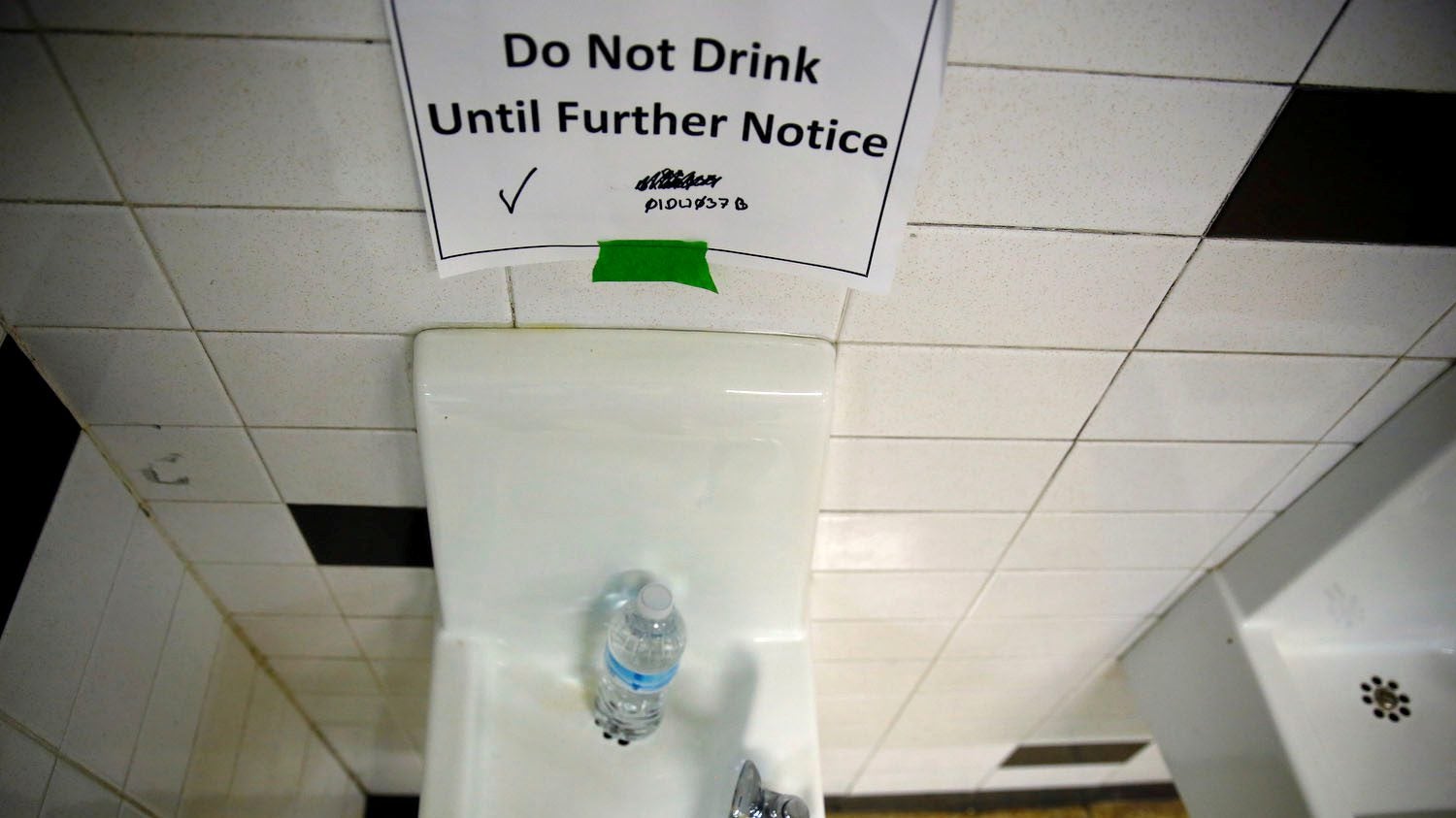Lead exposure kills hundreds of thousands of adults every year in the US alone
Policies based on dangers of low-level lead exposure normally focus on children, and the IQ points they stand to lose when too much of the heavy metal reaches their developing brains. But lead also poses a less-discussed threat to adults: It attacks and damages a number of organs, especially the heart. And adult exposure to lead even at levels so low that they’ve been considered relatively benign is actually deadly enough to be considered a leading cause of death in the US.


Policies based on dangers of low-level lead exposure normally focus on children, and the IQ points they stand to lose when too much of the heavy metal reaches their developing brains. But lead also poses a less-discussed threat to adults: It attacks and damages a number of organs, especially the heart. And adult exposure to lead even at levels so low that they’ve been considered relatively benign is actually deadly enough to be considered a leading cause of death in the US.
That’s according to a new study published in Lancet Public Health on Monday (March 12), which found that as many as 412,000 people in the US every year died prematurely from health conditions where lead exposure was the underlying cause. In a majority of cases, the condition is heart disease.
“Our study calls into question the assumption that specific toxicants, like lead, have ‘safe levels,’” Bruce Lanphear, a professor at Simon Fraser University and the lead author on the paper, said in a statement.
Heart disease is the leading killer of adults in the US. In 2013, heart disease caused one in every three deaths in the country, or about 800,000 people that year alone. There are many underlying causes of heart disease. But in a huge proportion of cases, the underlying cause is lead, according to the study: As many as 256,000 adult deaths from heart disease per year in the US can be blamed on low-level lead exposure.
The researchers got to those numbers by extrapolating from a nationally representative study of 14,000 adults. The study lasted for 20 years, and included a round of lead testing right at the start. People who had 6.7 microgram per deciliter (µg/dL) of lead in their blood at the start of the study had a 37% higher chance of dying prematurely from any cause, and a 70% higher chance of dying from heart disease, over the course of the study, compared to people who had 1 µg/dL of lead in their blood.
From the 1990s until 2015, the US Centers for Disease Control considered anything less than 10 µg/dL to be a “low” level of exposure for adults, though the CDC does not consider any level of lead to be “safe.” The threshold has since been moved down to 5 µg/dL.
But in practice, there are few laws to enforce these limits. The US Occupational Safety and Health Administration (OSHA) requires employers to remove workers from exposure when their blood lead levels rise to 50 µg/dL in the construction industry or 60 µg/dL in other industries, and they can return to work when their blood lead levels go down to 40 µg/dL.
In other words, making a fuss over low levels of lead in adults is a relatively new but growing phenomenon. Over the last 10 years, research has found an array of health effects in adults at low levels; the US Department of Health and Human Services published a monograph in 2012 showing that even very low blood lead levels raised a person’s risk for hypertension, heart disease, and reduced kidney function.
The good news is that lead was removed from gasoline and household paint in the US years ago, and the government has passed laws to clamp down on lead emissions from industrial sources. In general, blood lead levels have steadily declined in the US since then. The bad news is that the legacy of lead pollution lives on in soil still contaminated from historical sources; lead is still allowed in lipsticks and other makeup; and some toys and other household objects contain it, despite regulations limiting lead content in these consumer goods. We’re also discovering that more and more municipal drinking water systems across the US are lead-tainted.
Under the current government, things may get worse: the Trump administration has been clear in its commitment to roll back regulations meant to limit lead in air pollution.